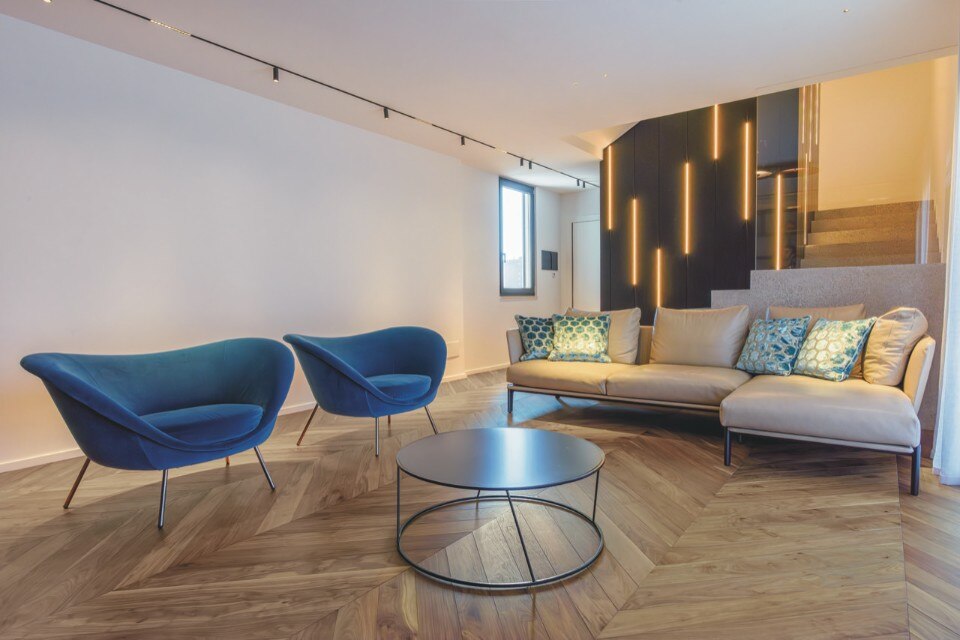The Stone Pavillion built by Yousef Anastas aims to reveal innovative building technologies, mixing traditional material use and technological sophistications.
As such, it has no better setting than the Nativity Square, the space where both private and public meet and where traditional Palestine comes to exhibit its contemporary face.
The pavilion is a contemporary interpretation of the traditional Palestinian mountar, countryside shelters found throughout the land. While avoiding to spoil the landscape and condemn the city’s development on a long term basis, its goal is to provide an answer to the need of land consumption in times of war and mark property as an act of resistance to the wall’s path.


This law is today still applied even though in the meantime reinforced concrete was largely spread into the construction world: the structural skeleton is built in reinforced concrete and stone is pushed into the background as a facade cladding acting to satisfy a law that is de facto obsolete. Thus, today’s stone factories only produce standardized blocks of 2, 3 or 5 cm. The sophisticated know-how regarding the use of stone as structural and thermal performant material is progressively disappearing. Construction is limited to a single unique building technique and many embellishments.
The pavilion has the ambition of reinvestigating this exclusive building technology, by presenting stone as an economical, innovative alternative, using its physical properties at best.


Today, it is obviously a price that the Palestinians are willing to pay. Nevertheless, public space has recently demonstrated, during the Arab spring revolutions, that it is never to be forgotten. It is and it will always be the crux of progress and innovation. It belongs to nobody and everything that emerges from it is accessible to all. It is a transcription within he cityscape of what is called in computer science Open Source.
As a place where expression, debate, innovation are possible, public space is both the locus of counter-powers and the necessary binder of the state. Under such circumstances, the pavilion invests the public square as an installation and aims to reinvigorate the use of the Nativity Square.


The manateer are also used to mark the territory and to signal its property. Unfortunately, the layout of cities is today much more muddled. The Separation Wall imposes a physical limit. These complex territorial devices transform Palestinian cities into territories whose urban spread has a visual horizon, drawn by the Wall’s path. In addition, in order to protect one’s land, one must prove that t is inhabited. The temptation of urban filling of the enclave is thus a natural reaction. Palestinian cities adopted a new scale, less defined, less dense, less concentrated and spreading its construction without a real masterplan. A more abstract scale makes the domestic scale disappear: more specifically, constructions are isolated from each other, programmatic distributions are more or less random and the public/private limits erased.

AAU Anastas, Stonesourcing Space, Bethlehem
Programme: temporary pavilion
Area: 8 sqm
Architect: Yousef Anastas
Client: AAU Anastas
Completion: September 2013

A home where wood is synonymous with innovation
Is there such a thing as a fine and enveloping parquet, warm and refined, but also easy to install and sustainable? The answer comes from Garbelotto.















